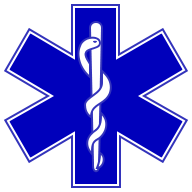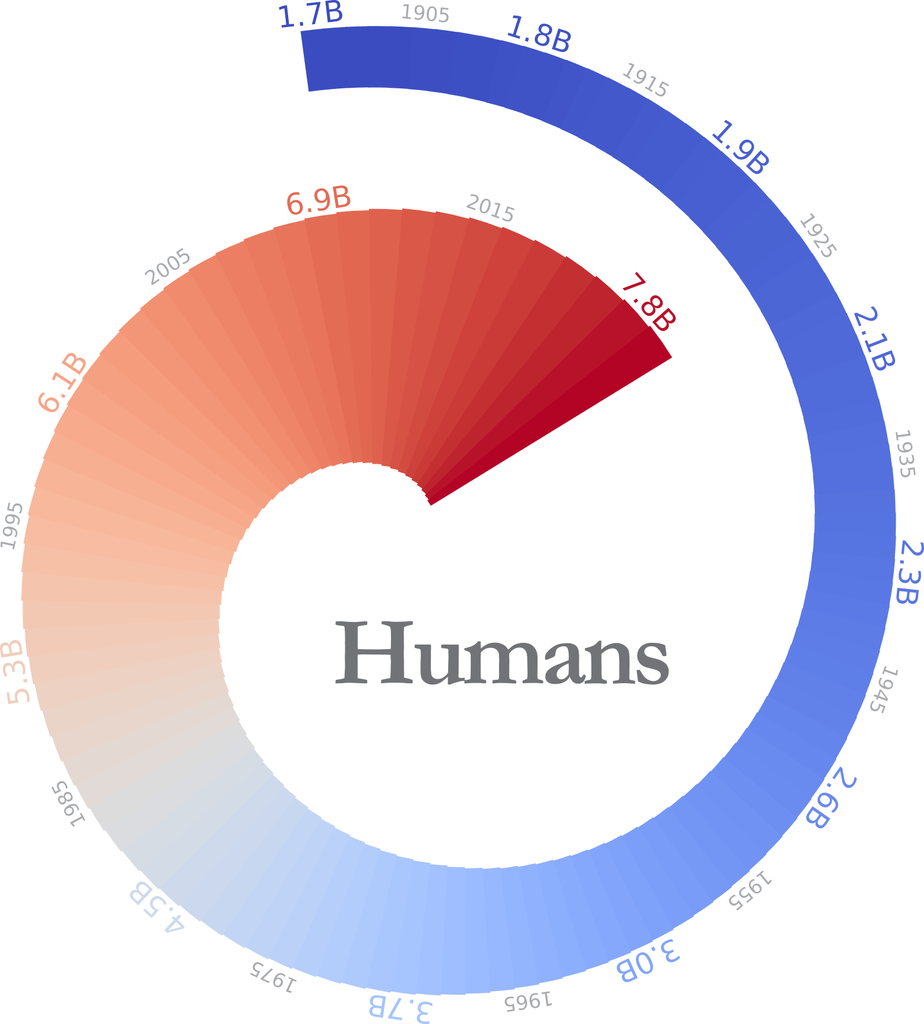Module 2: Population and Health
Section outline
-


In this chapter we will look at the human population. We'll look at the size of it, and whether it may be growing or shrinking. We'll explore the role of scale. We'll look at differences between countries. And we'll do all of this through the lens of spatiality. The world population is at 7.9 billion, an all-time high. In the space of a few centuries it has gone from less than one billion to more than seven, with projections of several billion more in the relatively near future.
https://www.census.gov/popclock/
Upon completion of this module, you will be able to:
- Discuss the spatial organization
of the human population. (MLO 1)
- Explain the dynamics of
population as they are reflected in fertility, morbidity, and mortality.
(MLO 2)
- Describe the relationship between population and other spatial phenomena such as living standards, agriculture, and health. (MLO 3)
- Link the development, migration, and population as a fluid self-balancing system. (MLO 4)
To achieve these objectives:
- Read the Module 2 Introduction
- Read Chapter 2, Population and Health in the textbook: Introduction to Human Geography
- Complete the Module 2 Assignment, Discussion Board Posts (3), Chapter Quiz, and H5P activities
Module Pressbooks Resources and Activities
You will find the following resources and activities in this module at the Pressbooks website. Click on the links below to access or complete each item.
-
Opened: Thursday, July 27, 2023, 10:10 AMClosed: Saturday, July 27, 2024, 7:10 PM
- Discuss the spatial organization
of the human population. (MLO 1)
Background Colour
Font Face
Font Kerning
Font Size
Image Visibility
Letter Spacing
Line Height
Link Highlight
Text Colour
